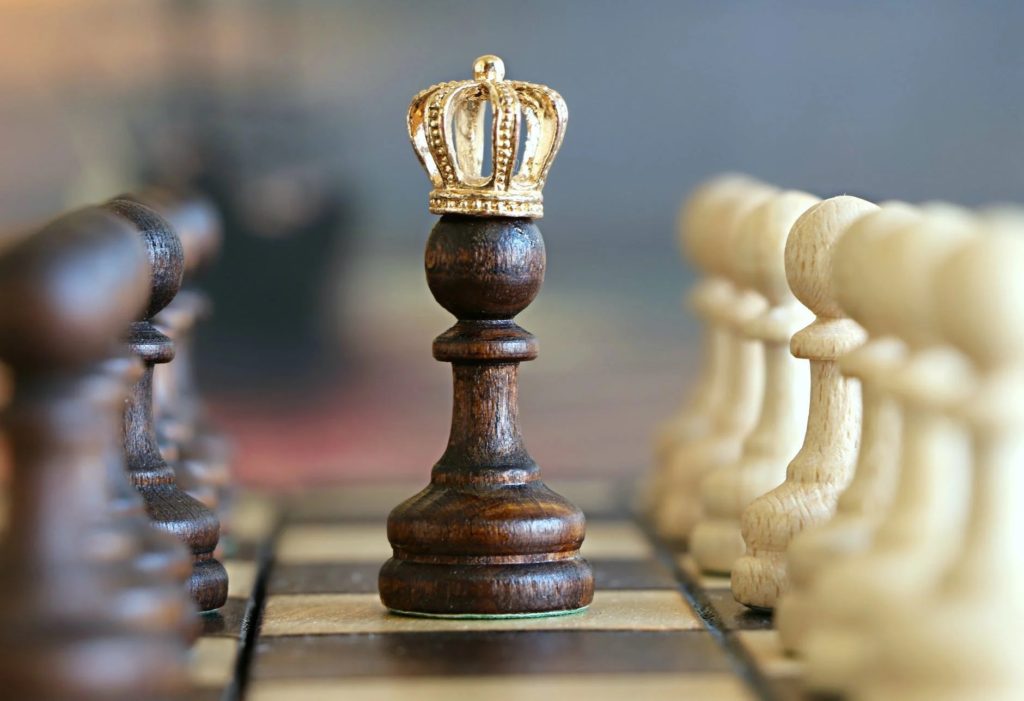
As we start thinking about adjusting to a new normal (for the second time in as many years) the competitive scene is creeping back to life. I thought I would list some of the major themes I think will be affecting the competitive scene and that I will be watching over the coming year. These are issues I believe are very relevant to the role and growth of the competitive game and will likely spark some discussion and debate as they resolve. Ideally I would love to revisit these in a year or so and see how the situation has changed, if at all.

- Professionalization of the Game
These days it seems almost impossible to throw a rock and not hit some form of 40k content creator. While the algorithm controls a large part of our viewing habits (and mine is evidentially already corrupted) there has been an astronomical growth in the amount of people offering some form of service: painting tips, lore discussions, battle reports. As a steady forest of Patron accounts grow around us, I have heard some concerns about how it will impact the hobby. It does feel that 40k is losing some of its niche status, but this is also why I am less concerned. I strongly believe this illustrates that the game itself has become more popular, and not that the type of people playing it have changed. With the growth over the pandemic there is an ever -increasing number of individuals who are hungry for both hobby and competitive content. As for competitive players, people of this caliber (or similar to it) have always existed. However without the ITC or social media you would have never met them (unless they dominated your local store). Additionally, I think we will only see more professionalization in the future. I believe we are close to a time where there will be multiple professional teams as well as a centralized judging system.
One concern I have in this area is worrying about an arms race developing at the local level. If you were going to a casual tennis league and found yourself matched up against Rafael Nadal it may cause you to reconsider going in the future. Since there is a noticeable divide between the “Beer and Pretzels” crowd and the “Competitive” group this change could put a lot of pressure on TOs to find ways to balance their interests and maintain a healthy tournament scene.

- Balance Issues
So far in 9th ed it appears that GW has been able to somewhat successfully walk the line between fun codecies and ones that are balanced. While there have been snafus (like 60 point models generating almost 1 attack per point), and there can be a gulf between the 9th ed and 8th ed codexes, for the most part the meta is relatively healthy. It reminds me of the pre-marine era in 8th which also saw a healthy diversity of armies. The question remains: how long can GW keep this up? Already there seem to be signs of codex creep appearing in the margins of the new books. I have some reservations about the DA and DE releases but I have some faith (can’t believe I am saying this, maybe it’s more blind hope) that GW can continue the string of flavorful books that balance theme with reasonable rules.
- Logistics
I think the growth of the hobby through the pandemic has surprised many people, and perhaps no one more so then GW themselves. We have seen new kits disappear in minutes alongside entire ranges being gobbled up online in a day or less (as of time of writing almost the entire DE line is sold out online). Going forward, the meta may be profoundly warped based on who has the money or dumb luck to own whatever model of the month is most efficient. While this tends to reward those who have large, per-existing collections it will likely encourage the growth of borrow-hammer as people seek to shift their armies quickly while being constrained by tight demand. This is the one issue I expect to be resolved the fastest as before the virus the limit on army construction was largely limited to Forgeworld models (if anyone still recalls the Chappie dreads brief moment in the sun). But I am very curious as to what steps GW will (or even can) take to resolve the shortfalls. Spooling up additional capacity may not be as simple as it first appears.
- Third Party Models
Perhaps the most controversial issue on the list is: how will the growth of third party model options affect the tournament scene? The growth of 3D printing options has fueled not only a plethora of DiY options but has also allowed a number of small batch model designers and printers to open up. The super-abundance of alternatives alongside the logistic issues shown above means players now have more options than ever in the selection of models. Ideally, non-official models will be approved on an ad-hoc basis as has been the trend in the past (remember kids if you even thing there may possibly be an issue: just ask the TO) the growth in the professionalization of the hobby may start to force uncomfortable questions about the limits of 3rd party models. Additionally, it may soon be impossible to tell if a particular model has been printed at home or bought from a 3rd party manufacturer. As someone who has more questions than answers (and even fewer good ones about how to deal with this scenario) TOs may find themselves under greater pressure on how to police army composition.
I think the year ahead will be one of tremendous change for the competitive environment. However, I feel this change will be largely positive for the community as a whole. Most of the issues are caused by the sudden growth of our favorite games straining the existing system (which isn’t a bad problem to have). Some people have commented that it feels like we are in a Golden Age of 40k and I have to agree. I have never seen the game have such a (relatively) solid competitive scene while also having a strong narrative option as well. While some of these issues make me hesitant about the future I also believe the reasons for optimism are far more abundant.
And remember, Frontline Gaming sells gaming products at a discount, every day in their webcart!
